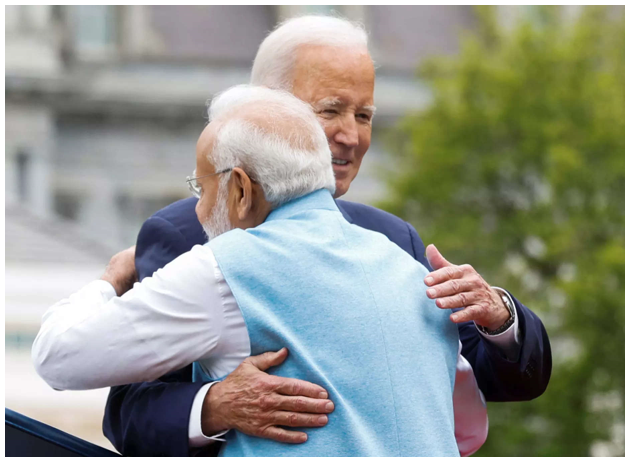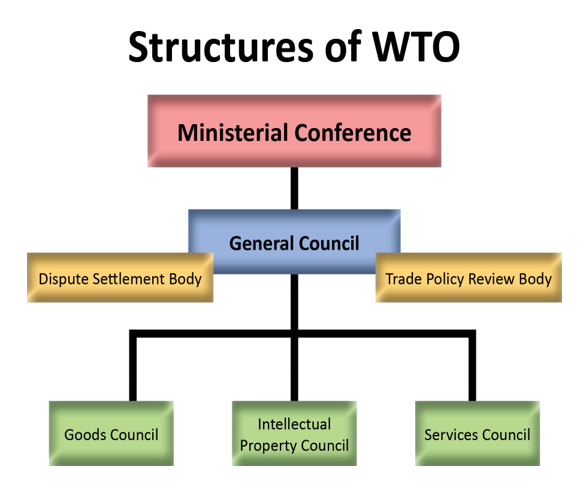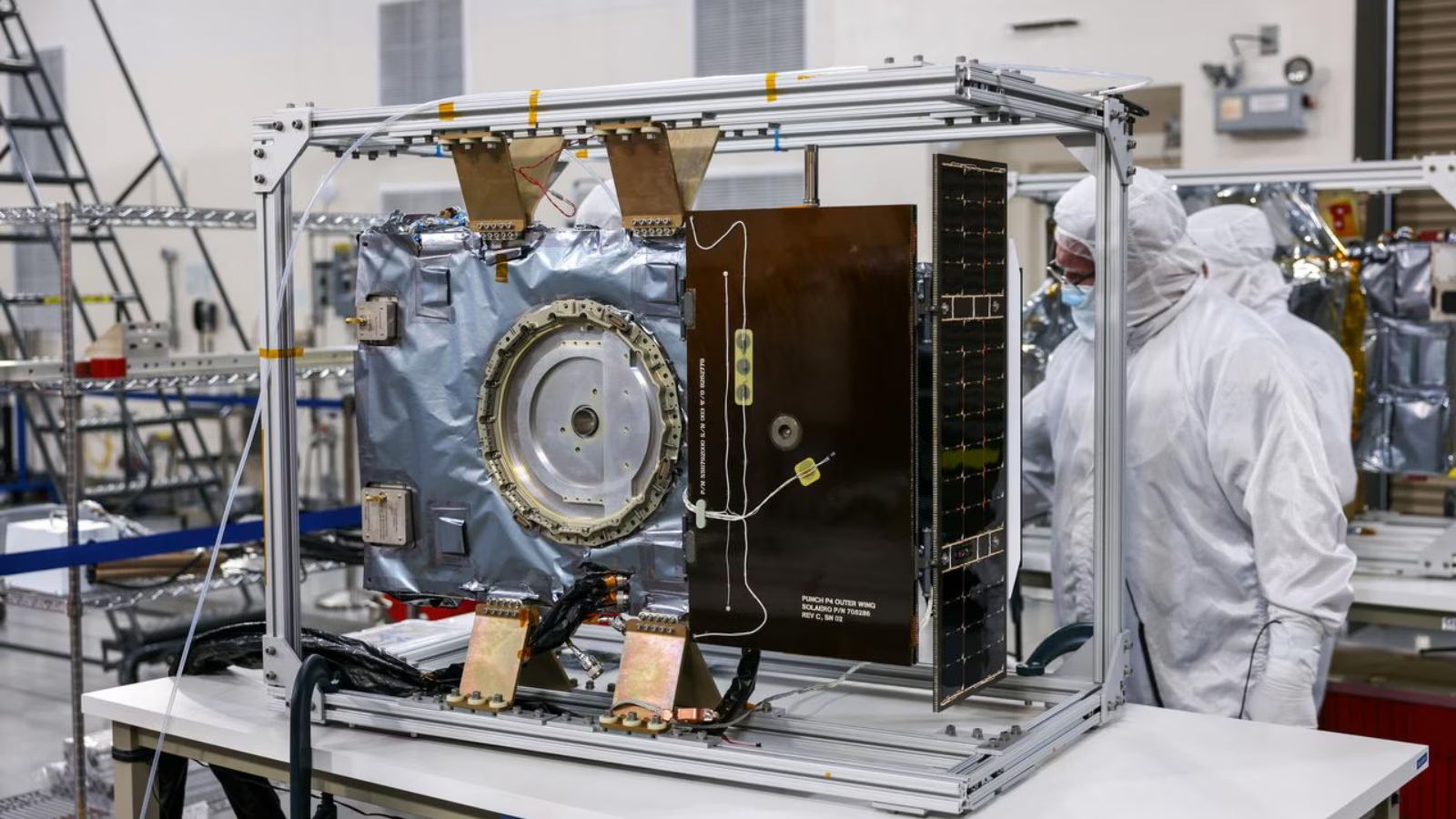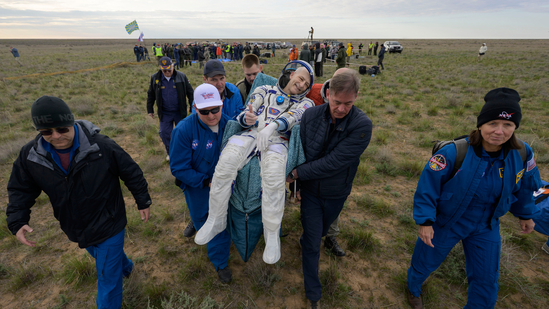- Courses
- GS Full Course 1 Year
- GS Full Course 2 Year
- GS Full Course 3 Year
- GS Full Course Till Selection
- CSAT
- 5 LAYERED ARJUNA Mentorship
- Public Administration Optional
- Online Program
- GS Recorded Course
- NCERT Batch
- Polity Module Course
- Geography Module Course
- Economy Module Course
- AMAC Module Course
- Modern India, Post Independence & World History Module Course
- Environment Module Course
- Governance Module Course
- Science & Tech. Module Course
- International Relations and Internal Security Module Course
- Disaster Management Module Course
- Ethics Module Course
- Essay Module Course
- Current Affairs Module Course
- ABOUT US
- OUR TOPPERS
- TEST SERIES
- FREE STUDY MATERIAL
- VIDEOS
- CONTACT US
Trade disputes between India and the US
Trade disputes between India and the US
24-06-2023

Latest Context:
Recently, India and the US have decided to end their 6 trade disputes at WTO.
More about News:
- In WTO, there are a total of 6 trade disputes between the two countries.
- Out of these 6 trade disputes, 3 are initiated by India and 3 by the US.
- These disputes are related to certain key sectors of the economy such as steel, aluminium, renewable energy, solar products etc.
- This move will help in boosting two-way trade and will strengthen economic ties.
The World Trade Organization (WTO) provides a framework for settling disputes between its member countries. There are two main ways to settle a dispute at the WTO:
-
Through Consultations: Before a country can take any formal action against another member, it must first request consultations with the aim of resolving the dispute by mutual understanding. Consultations provide an opportunity for the parties involved to discuss the issue and find a mutually agreeable solution. If the consultations do not lead to a resolution within a specified timeframe, the complaining party can proceed to the next stage.
-
Through Dispute Settlement Panels: If consultations fail to resolve the dispute, the complaining party can request the establishment of a dispute settlement panel. The panel consists of independent experts chosen by the WTO Secretariat, and its role is to examine the matter in detail and issue a ruling. The panel's ruling is typically binding, although either party can appeal it within a specified timeframe. If there is an appeal, the case is reviewed by the appellate body, which is a standing body of seven members.
About the WTO
- WTO is an international organization that deals with the global rules of trade between nations.
- It was established on January 1, 1995 and is headquartered in Geneva, Switzerland.
- The WTO replaced the General Agreement on Tariffs and Trade (GATT) as the primary international organization governing trade.
- The WTO's primary goal is to promote free and fair trade by creating a transparent and predictable framework of rules for conducting international trade.
- It provides a platform for member countries to negotiate and resolve trade disputes and it oversees the implementation and enforcement of these rules.

What are the major achievements of WTO?
-
Establishment of a Rule-Based System: The WTO has established a comprehensive and rules-based system for international trade. This system provides predictability, transparency, and stability in global trade relations, helping to prevent unnecessary trade barriers and discriminatory practices.
-
Reduction of Tariffs and Trade Barriers: The WTO has played a crucial role in reducing tariffs and other trade barriers among its member countries. Through various rounds of negotiations, including the Uruguay round, the WTO has successfully lowered average tariff levels worldwide and opened up markets for a wide range of goods and services.
-
Dispute Settlement Mechanism: The WTO's dispute settlement mechanism is one of its most significant achievements. It provides a forum for resolving trade disputes among member countries in a fair and impartial manner. The mechanism has been effective in resolving numerous disputes and ensuring that WTO rules are upheld, thereby maintaining the stability of the global trading system.
-
Trade Facilitation Agreement (TFA): The TFA, concluded in 2013, is a landmark achievement of the WTO. It aims to simplify and harmonize customs procedures, streamline border processes, and enhance transparency and efficiency in international trade. The TFA is expected to significantly reduce trade costs and boost global trade flows, particularly benefiting developing and least developed countries.
-
Market Access for Developing Countries: The WTO has made efforts to improve market access for developing countries. It provides special and differential treatment to developing countries, allowing them flexibility in implementing certain trade obligations and providing technical assistance to enhance their capacity to participate in global trade.
-
Intellectual Property Protection: The WTO's Agreement on Trade-Related Aspects of Intellectual Property Rights (TRIPS) has established minimum standards for intellectual property protection and enforcement. This has helped to promote innovation, encourage technology transfer, and provide a framework for safeguarding intellectual property rights globally.
-
Expansion of Membership: The WTO has seen a significant expansion in its membership since its establishment, with the majority of countries now being members. This expansion demonstrates the growing global acceptance of the WTO's principles and rules.
-
Principle of Non-Discrimination: Basically, the WTO promote the principles of non-discrimination in trade. The Most-Favoured-Nation (MFN) principle ensures that countries do not discriminate between trading partner and granting them the same favourable treatment given to any other member. The national treatment principle ensures that foreign goods and services are treated no less favourably than domestic ones once they enter a member country's market.
Issues with the WTO are:
The World Trade Organization (WTO) has faced several issues and criticisms throughout its existence. Some of the key issues with the WTO include:
-
Slow Pace of Negotiations: Negotiations within the WTO have been highly slow and difficult. The consensus-based decision-making process, which requires agreement from all member countries, often leads to delays and compromises that hinder progress on key issues. This slow pace has made it challenging to address emerging trade concerns effectively.
-
Development Imbalances: Developing countries argue that the WTO rules and agreements disproportionately favour developed nations, putting developing economies at a disadvantage. They claim that the rules do not adequately address their unique development needs and concerns, particularly in areas such as agriculture, intellectual property, and services.
-
Dispute Settlement Backlog: The WTO's dispute settlement mechanism has faced challenges related to a growing backlog of cases. The increasing number of disputes and delays in the resolution process have raised concerns about the system's efficiency and effectiveness. Some countries have raised objections to the composition and functioning of the appellate body, leading to its paralysis in recent years.
-
Limited Scope of Agreements: The WTO's agreements primarily focus on trade in goods, leaving gaps in areas such as services, investment, and electronic commerce. The evolving nature of the global economy and emerging trade issues require the WTO to adapt and address these gaps to remain relevant and effective in the modern world.
-
Lack of Consensus on New Trade Issues: The WTO has struggled to reach consensus on new trade issues, such as digital trade, e-commerce, and investment facilitation. Differing views and interests among member countries have made it difficult to develop common rules and frameworks in these areas, hindering the ability of the WTO to adapt to the changing global trade landscape.
-
Public Perception and Transparency: The WTO has faced criticism for its perceived lack of transparency and democratic accountability. Some argue that decision-making processes within the organization is not sufficiently transparent.
-
Rising Protectionism and Bilateralism: In recent years, there has been a rise in protectionist measures and a shift towards bilateral or regional trade agreements, which bypass the multilateral framework of the WTO.
-
Inadequate monitoring mechanism: Experts raise concerns that WTO is unable to identify and address violations of its multilateral agreements in an effective and timely manner.
What are the measures that need to be taken to reform WTO?
-
Modernizing Rulebook: There are demands to modernize and update the WTO's rulebook to reflect the realities of the 21st-century global economy. This includes addressing issues related to digital trade, e-commerce, services, and investment. Negotiations on these issues can help ensure that the WTO remains relevant and responsive to emerging trade challenges.
-
Addressing Development Imbalances: Reform efforts should aim to address the concerns of developing countries and ensure that the WTO's rules and agreements are more inclusive and supportive of their development needs.
-
Strengthening Dispute Settlement: There is a need to address the challenges faced by the WTO's dispute settlement mechanism, particularly the appellate body crisis.
-
Enhanced Transparency and Public Engagement: To address concerns about the lack of transparency, efforts should be made to improve the accessibility of WTO proceedings and increase public engagement.
-
Promoting Cooperation with Other Organizations: Strengthening cooperation between the WTO and other international organizations can help address cross-cutting issues. Collaboration with organizations such as the United Nations, World Health Organization, and International Labor Organization can help address trade-related aspects of broader societal concerns, such as public health, environmental sustainability labour rights etc.
-
Updating Decision-Making Processes: Proposals have been made to streamline decision-making processes within the WTO to overcome the challenges of consensus-based decision-making. This can involve exploring alternative decision-making mechanisms, such as qualified majority voting, for specific issues where consensus is difficult to achieve.



